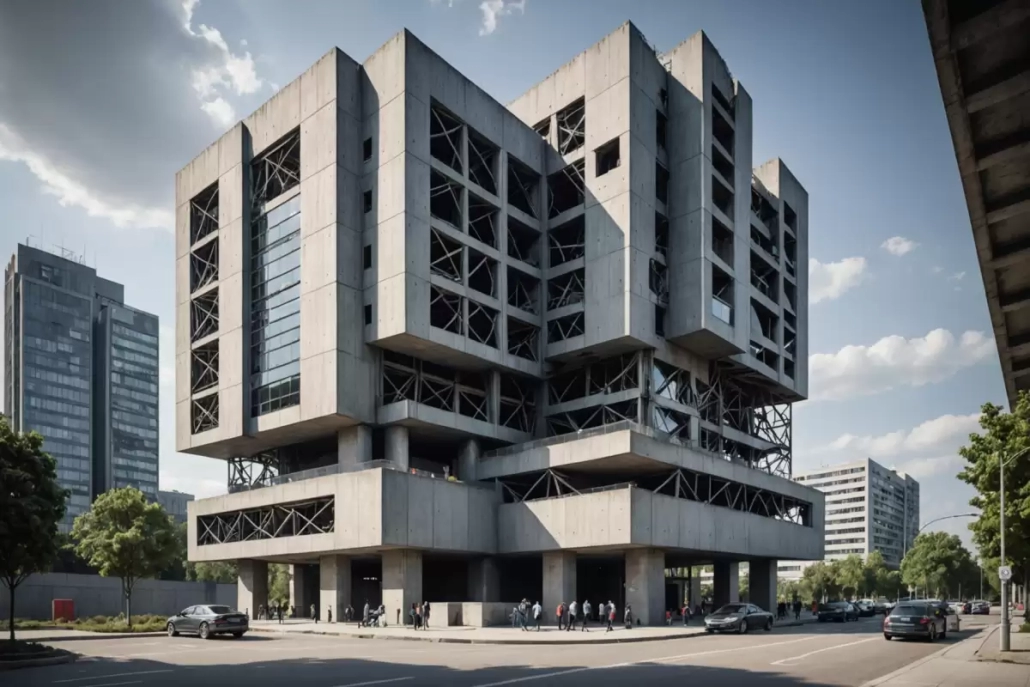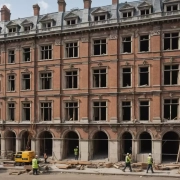Mastering Corrosion: Safeguarding Your Reinforced Concrete Investments
Understanding the intricacies of maintaining reinforced concrete structures can feel like navigating a maze, especially when corrosion sneaks in like an uninvited guest. If you’re a business owner responsible for such structures, you know that ignoring corrosion is like leaving a leaky roof unattended—it only gets worse. But fear not, because grasping the fundamentals of corrosion assessment can save you a lot of headaches, not to mention money.
Corrosion in reinforced concrete is a sneaky adversary. It begins its assault when moisture and oxygen find their way to the steel reinforcements, causing them to rust. This rusting steel expands, leading to cracks and spalling in the concrete. It’s like a slow-motion wrecking ball, gradually compromising the integrity of your structure. Have you ever walked past a building and noticed those tell-tale rust stains or exposed rebar? That’s corrosion waving its red flag.
Spotting these early signs is crucial. Think of it as catching a small leak before it becomes a flood. Early detection can save you from costly repairs down the road. So, what should you look for? Cracks, rust stains, exposed reinforcement bars, and any signs of reduced structural integrity are your red flags. If you spot these, it’s time to roll up your sleeves and conduct a comprehensive structural assessment.
Now, let’s talk about assessment. This isn’t just a quick once-over. A thorough assessment involves several steps. Start with a visual inspection—your eyes are your best tool for spotting obvious damage. But don’t stop there. Non-destructive testing methods like ultrasonic testing and ground-penetrating radar can give you a peek beneath the surface without causing further damage. In some cases, you might need to take concrete samples for lab analysis to understand the extent of chloride penetration and carbonation. Once you’ve gathered all the data, compile it into a comprehensive report. This report will be your roadmap for any necessary rehabilitation measures.
Speaking of rehabilitation, there are several strategies to consider. Cathodic protection is one technique, where a small electrical charge is applied to the reinforcement to halt further corrosion. Concrete repair and replacement are also options, especially if the damage is extensive. And don’t underestimate the power of coatings and sealants. These can act as a protective shield, preventing moisture and oxygen from reaching the reinforcement.
Regular maintenance is your best friend. Implementing a routine maintenance schedule can help catch potential issues early, extending the life of your structure. It’s like getting regular check-ups to keep your health in check—prevention is better than cure.
Technology also plays a pivotal role in modern corrosion assessment. Advanced tools and software can help you analyse data more efficiently. Ever tried using a drone for inspections? It’s a game-changer, especially for those hard-to-reach areas. And 3D modelling software can create detailed visualisations, making planning and executing rehabilitation programs a breeze.
Now, if you’re looking for more in-depth information, the folks over at Online Waterproofing Shop have got you covered. Their article, Corrosion Assessment Fundamentals for Reinforced Concrete Structures, dives deep into the nitty-gritty of corrosion assessment and rehabilitation. It’s a treasure trove of insights, especially if you’re keen on ensuring the longevity and safety of your concrete structures. They’re not just selling products—they’re offering expertise and guidance to help you tackle corrosion head-on.
Finally, if you’re hungry for even more knowledge, check out the Concrete Institute of Australia. They provide a wealth of resources and information on concrete technology and practices. It’s like having a concrete guru at your fingertips, ready to help you make informed decisions about your structures.
Remember, addressing corrosion isn’t just about fixing a problem—it’s about safeguarding your investment and ensuring the safety of everyone who relies on your structures. So, take a proactive approach, arm yourself with knowledge, and keep your concrete structures standing strong for years to come.



